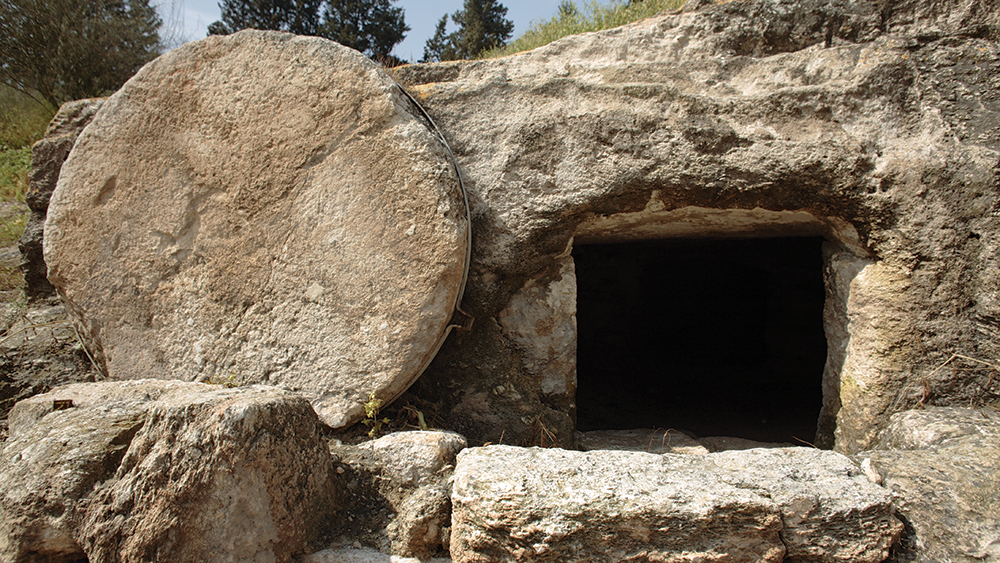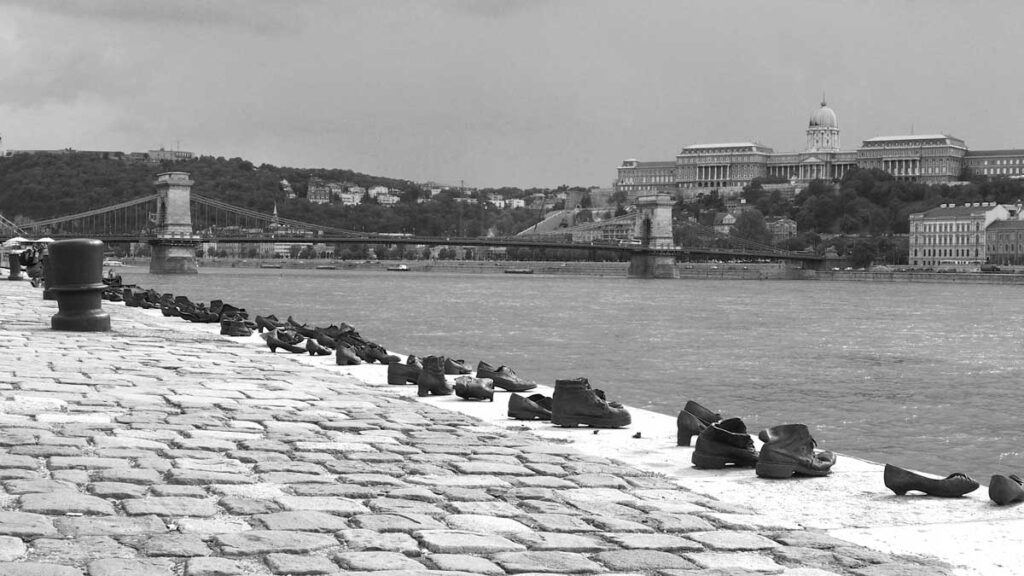Mark Twain visited the Holy Land with a group of pilgrims in the 1880s, an account of which was published as The Innocent Abroad (1869). In it he expressed polite disdain for the exploitation of its many hallowed sites, each purportedly connected to some biblical person or event—the places of Jesus’ healings and burial, for example. Of the Church of the Nativity, built 1500 years earlier on the alleged site of Jesus’ birth, Twain describes “a silver star set in the floor bears a Latin inscription to that effect . . . It is polished with the kisses of many generations of worshipping pilgrims . . . The grotto was tricked out in the usual tasteless style observable in all the holy places of Palestine. As in the Church of the Holy Sepulchre, envy and uncharitableness were apparent here.”
Apparently he wasn’t convinced of the authenticity of many of the sites. And I have to admit to a similar ambivalence when I visited, wondering if in fact this really was the site of this or the other biblical occurrence. Although some of the less credible sites of Twain’s time have gone, others now have even greater acceptance and status. The Church of the Holy Sepulchre, for example, sits above Jesus’ alleged burial place, on what would have been the tomb of Joseph of Arimathea.
There for a few minutes I huddled inside what is called the Edicule, a construction within the church itself, which envelops a rock upon which Christ’s lifeless and bloodied body was allegedly placed that Friday afternoon of the Passover—Nisan 15–22 in the Hebrew calendar (April 10–18)—which coincides with Easter (April 14–16) this year.
As a result of bickering amongst the church’s ecclesiastical occupants (Catholic, Greek Othodox, Armenian, Ethiopian et al), the Edicule fell into such a state of disrepair that the Israeli Government, in the name of public safety, forced them to a resolution and restorative works were undertaken. Necessitated in this was the exposure of the original rock surface, covered by a large slab, which was eventually removed. (Read a full, fascinating account of what was discovered there at http://news.nationalgeographic.com/2016/10/jesus-tomb-opened-church-holy-sepulchre/.) [pullquote]
But that isn’t the only place claiming to be the site of Jesus’ tomb. At Shingo in faraway Japan, a legend exists that it was there He was incarcerated, His bones occupying a mound known as Kirisuto no haka. There is even an assertion that it was the Roza Bal shrine, in Kashmir, although its Muslim caretakers view this as a blasphemous claim.
Personally, and despite certain archaeological evidence to the contrary, my preferred, if sentimental, preference is for the Garden Tomb (see John 19:41), which is within walking distance of the Old City wall. It is conveniently adjacent to an imposing skull-like rock outcrop requiring little imagination to see as the Bible’s Golgotha, the place of the crucifixion. In the midst of this quiet and neatly kept garden is an intact rock-cut tomb, which contains a bench for a body, through a small opening so small one has to bend to enter. Despite what the archaeologists say (they say it is of a later construction style), I like it as the tomb of Joseph of Arimathea.
But in the end, and unlike the tombs of almost all other founders of world religions, it is empty. It isn’t that therein is where Christ was buried but that He is not there at all, something attested to on a small plaque just above the doorway: “He is not here; he has risen.” Contained in those seven words is the entire gospel—the good news—our inspiration and purpose as individuals and as a Church! It was here that those women, who in the early hours of Sunday went to complete the burial preparation interrupted by the Sabbath, were commanded to go and tell the world, which is our mission today.
It doesn’t really matter where Jesus’ tomb is in the end. Why go seeking it, for wherever it is, it is empty.






